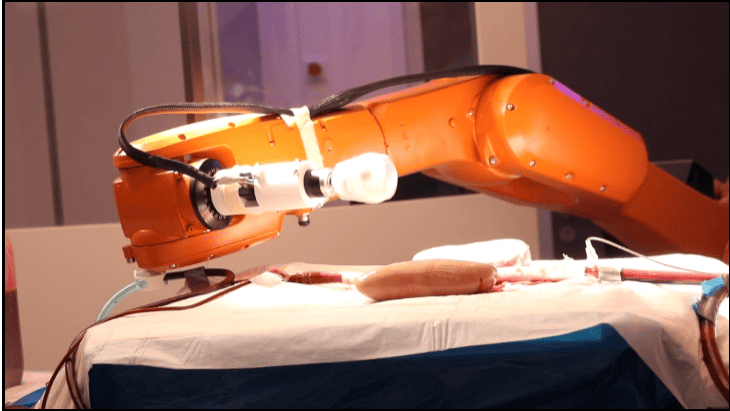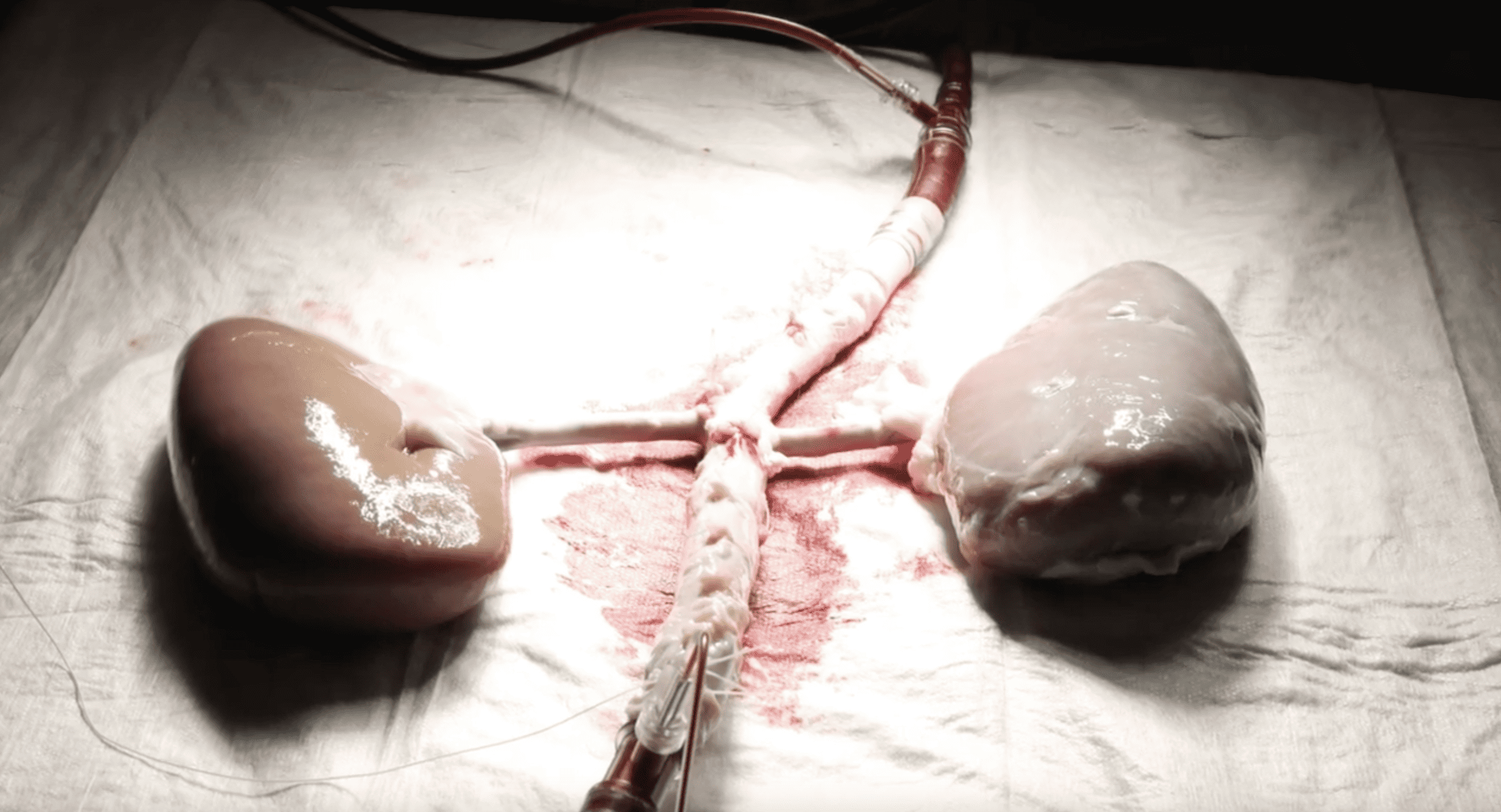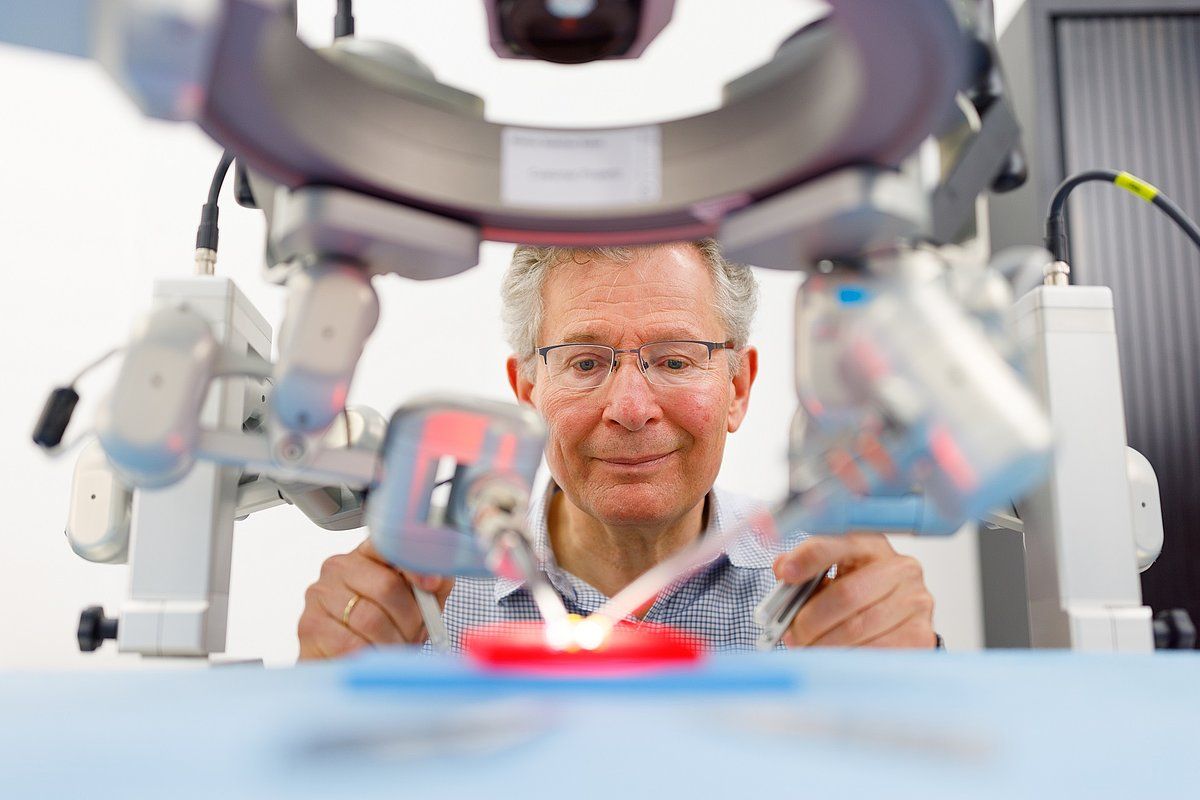
Microsure, based in the Dutch city of Eindhoven, develops robotic platforms for microsurgical operations. The company has been around for six years now and has since grown into a mature business. It all started in the laboratory at the Eindhoven University of Technology (TU/e), where professor Maarten Steinbuch was asked by a number of plastic surgeons from the Maastricht University Medical Centre to develop a robot.
Microsurgeons suture very fine blood vessels and sections of the body. This work is so fine that it is on the verge of being inhuman, Deckers explains. “Tiny blood vessels can have a diameter of half a millimeter or even smaller. In order to join two veins together, a microsurgeon must make at least four or five sutures in a blood vessel that they can barely see. Whenever a child comes to the emergency room with a severed finger, that finger often ends up being amputated. Basically, because it takes too much time and effort and there are not enough doctors who can perform such an operation.”
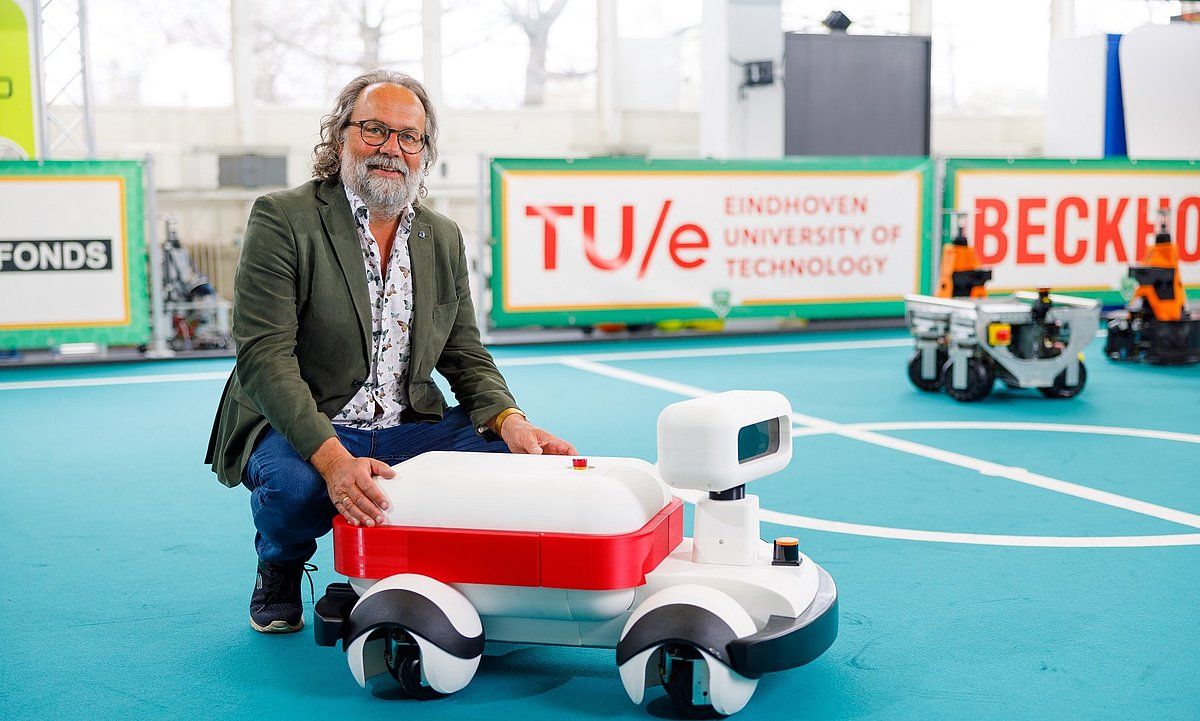
Steinbuch and his PhD student Raimondo Cau began developing a prototype (MUSA-1) that should make these kinds of surgeries easier. This succeeded so well that back in 2016, TU/e said: turn it into a company. And so, start-up Microsure was born, where they continue to work on a robot that can be launched on the market.
Changing tack
When Deckers took office two years ago, it became clear that MUSA-2 was not yet a mature product. After a period of intensive use, it needs too many repairs and tests, and it does not yet meet all the criteria set by doctors. Deckers sees this more often in spin-offs from universities: they have exceptional knowledge, but not enough industrial experience. The CEO, together with management, then decided to change tack and develop a new, improved version. “That decision came as a huge shock to the company and investors, but now everyone is happy about it.”
For Deckers, who earned his doctorate in physics, this was not the first time he had to make this type of far-reaching decision. At Philips, for example, he was involved in a start-up for flat panel X-ray detectors, which has now grown into the largest company of its kind. He also founded two companies of his own: Sapiens, which was sold to Medtronic in 2014, and GTX Medical (now Onward Medical), which is now listed on the Amsterdam and Brussels Euronext exchange.
MUSA-3: an extensive list of criteria
In order to develop a robot that can be launched on the market, Microsure’s clinical team is talking to a large number of doctors. These discussions have resulted in a list of additional criteria. For example, the equipment has to be mounted on a trolley so that it is easy to install, it has to be able to cover a sufficiently large operating area and it has to be able to move around freely. And: when there is a power failure, the robotic arms must not fall down (onto the patient), but freeze in position.
“Next, our development team, which is made up of mechanics, electronic engineers, software developers and control engineers, translates those criteria into concepts. Those concepts are tested and fine-tuned. Now we are in the final phase where we integrate all those separate parts and test whether they also collectively meet the requirements of clinicians,” Deckers says.


All those criteria have come together in the MUSA-3 robot. You can visualize how it is used as follows: A surgeon controls two joysticks in the shape of tweezers from behind a table. The surgeon then looks through 3D glasses at a large screen that is connected to a digital microscope hanging above the patient. The movements the doctor makes with the joysticks are detected and translated into movements of the instruments on the robotic arms. Those movements can be scaled down as much as twenty times, and any vibrations from the doctor’s hands are filtered out. At the ends of the robotic arms, surgeons can attach various micro-instruments – tweezers, needle forceps or scissors.
Systems Thinking
A robot is a complex, mechatronic piece of equipment: software, electronics, mechanics, control systems – everything has to work together properly. Deckers has worked with development teams all over the world, but without a doubt, sees Brainport as a global leader in the field of mechatronics. This is due to a long history of innovation by large companies, such as Philips, Thermo-Fischer, DAF, NXP and ASML and their suppliers. ” We are really good at systems thinking here in the region. With complex products, such as robots, it is very important that you can oversee the whole picture.”
Many compromises have to be made in the process of developing the robot. For example, a stable robot, with strong motors, uses a lot of energy and heats up. But a surgical robotic arm should not get hotter than 42 ºC, otherwise it poses a danger for the patient. “So, there are dozens of trade-offs you have to make. In order to do that well, you have to look at the whole as an integral system and not have everyone stick to their own area of expertise.”
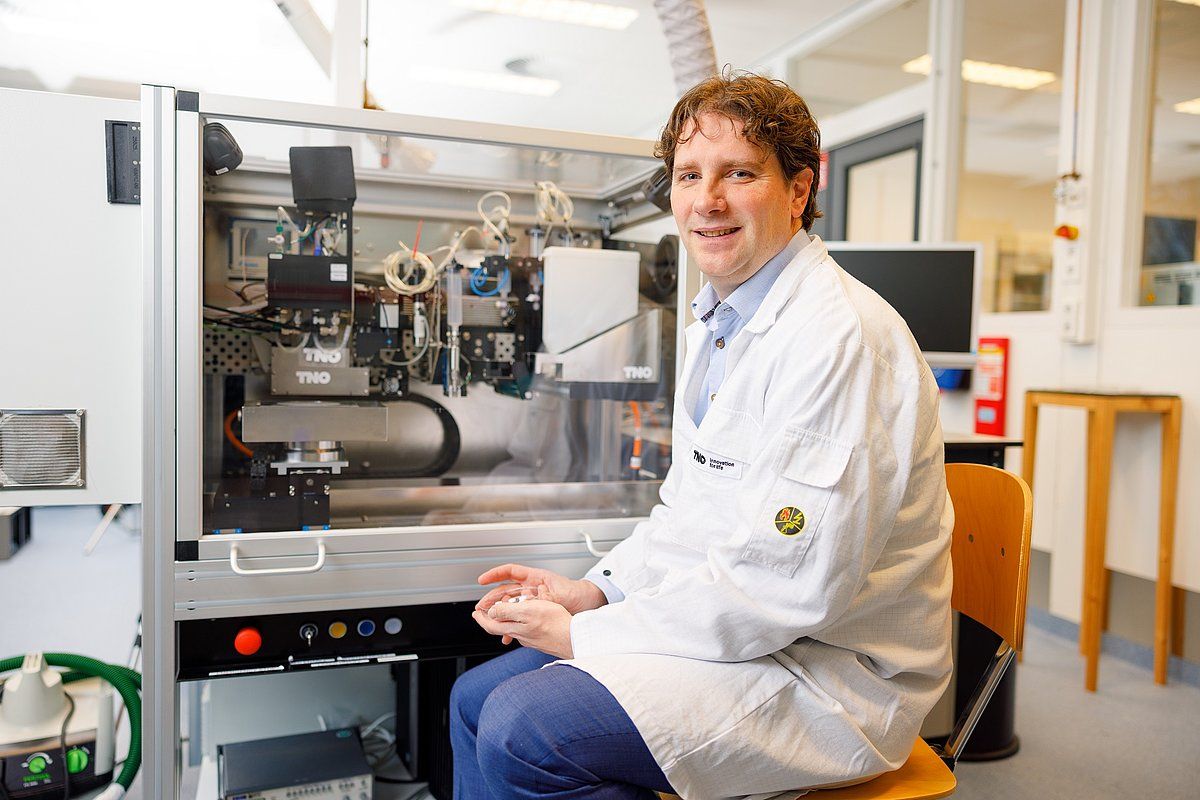
Mutual trust
In addition, the enormous ecosystem of the manufacturing industry in Brainport also ensures that there are plenty of suppliers, which smaller companies can also make use of. Deckers’ experience is that cooperation with other parties in the ecosystem is easy because there is a high level of mutual trust. “Plus: in the Netherlands, we are very good at working in a capital-efficient way: thanks to a good level of collaboration, we can quickly achieve good results with relatively little money. Where we have needed ten million in investments so far, that would have easily been twice as much in the US,” Deckers points out.
Long-term investors and talent are scarce
As regards to what Microsure does need from the ecosystem, Deckers does not have to think for long: Access to money. He is disappointed with the lack of appetite for investment by local life science investors in robotics. “A lot of doctors are clamoring for microsurgical robots, and our robot is cheaper than alternatives,” he adds. “Yet lenders still tend to say: ‘We’re not going to partner up with you until all the risks are removed and we are confident that there is a large, global market for your product.’ Medtech investors who dare to step in during the startup phase and have staying power are scarce in the Netherlands.”
“A lot of doctors are clamoring for microsurgical robots, and our robot is cheaper than alternatives. Yet lenders still tend to say: ‘We’re not going to partner up with you until all the risks are removed and we are confident that there is a large, global market for your product.'”
Sjaak Deckers, CEO of Microsure
In addition to investors who are in it for the long haul, talent is also scarce. Microsure’s team now comprises 11 nationalities, because recruiting local people is difficult. Deckers sees it as one of the disadvantages of the ecosystem. “ASML alone needed over 2,000 engineers in 2019. In terms of attracting talent, large companies are a huge black hole; which makes it really difficult for small companies to find good people. What makes me feel optimistic is that more and more people – especially younger employees – are consciously choosing to work at a start-up rather than for a large company.”
It will take at least another two years before we will be able to see Microsure’s robot at work in the microsurgery operating theater – if we are in danger of losing a finger joint (or worse). But, by then, we will be helped by one of the best microsurgical robots in the world, Deckers says without any sense of inhibition. “As far as I’m concerned, we in Brabant are sometimes not proud enough of what we are all accomplishing here.”







